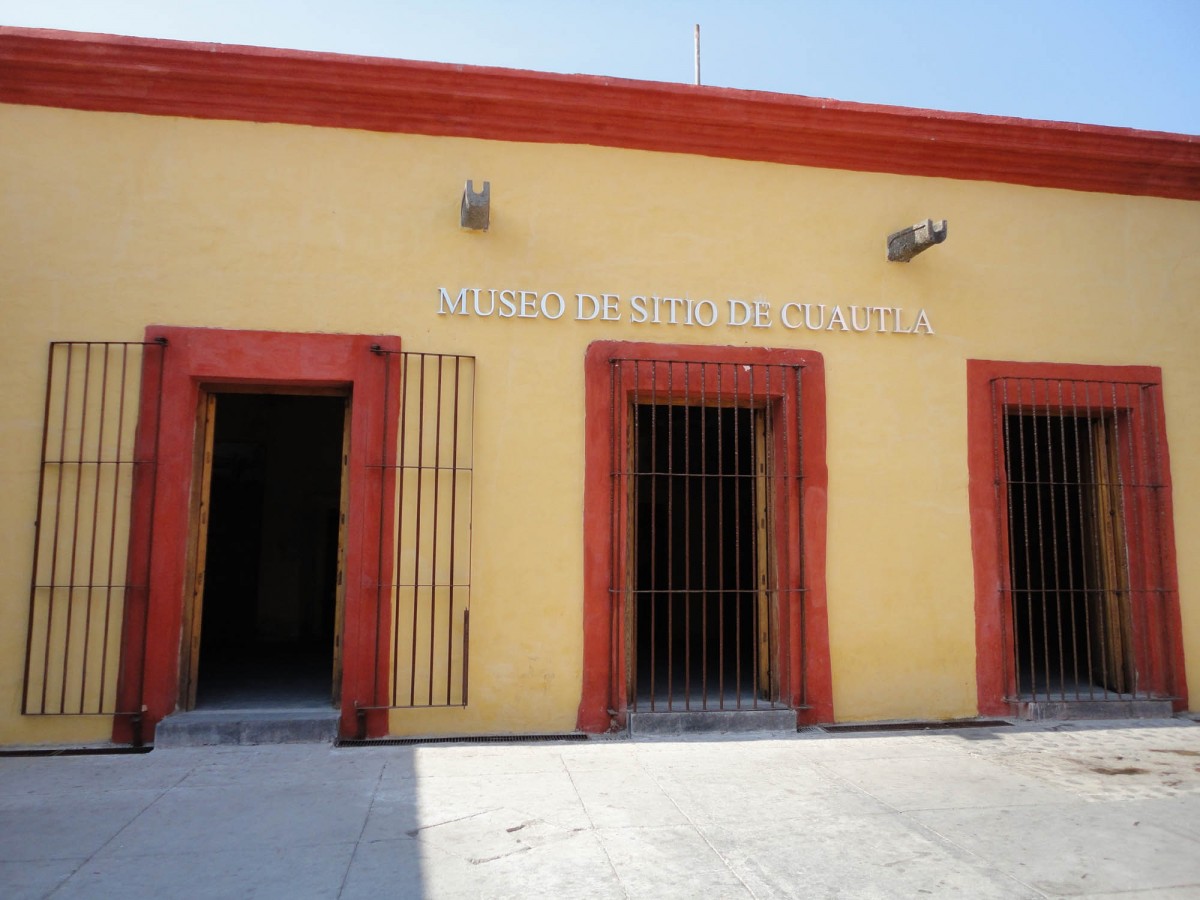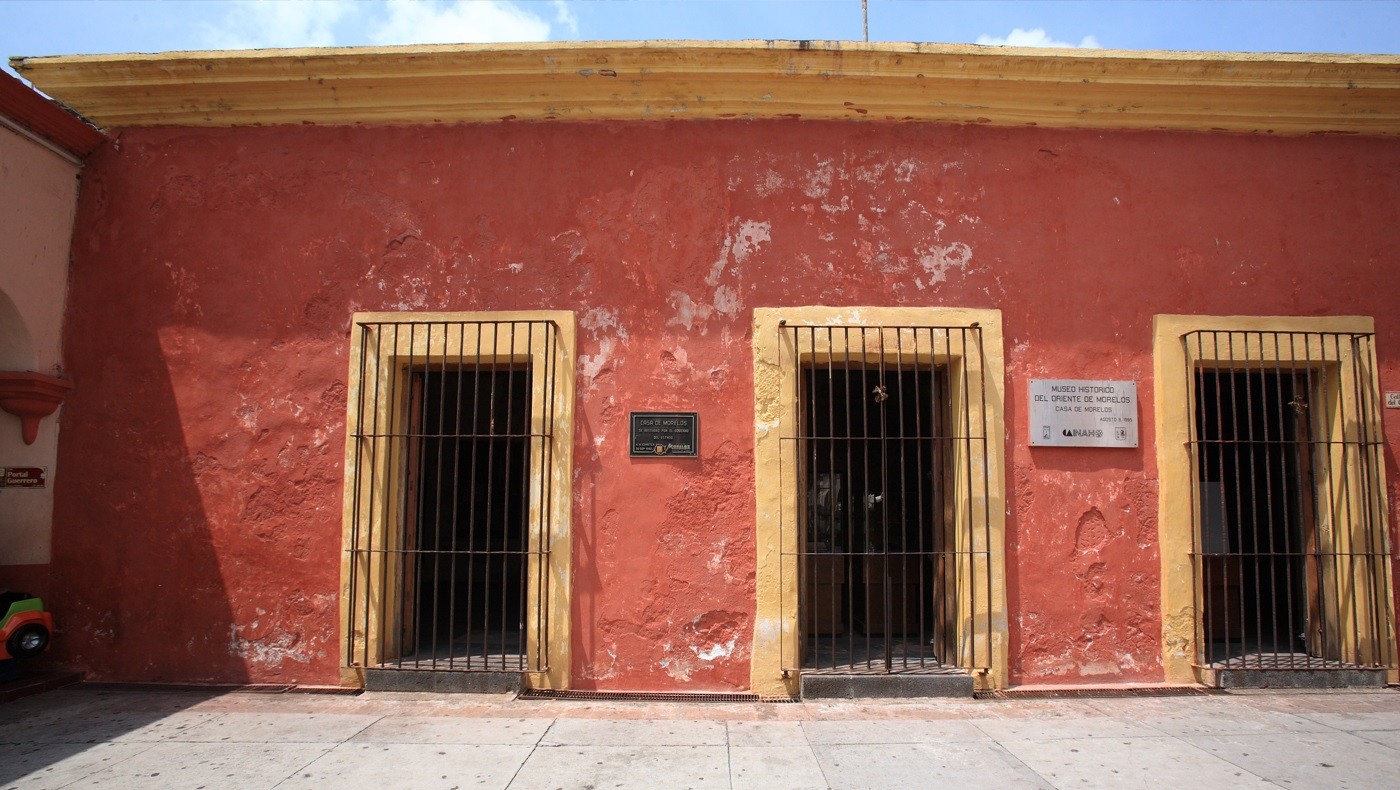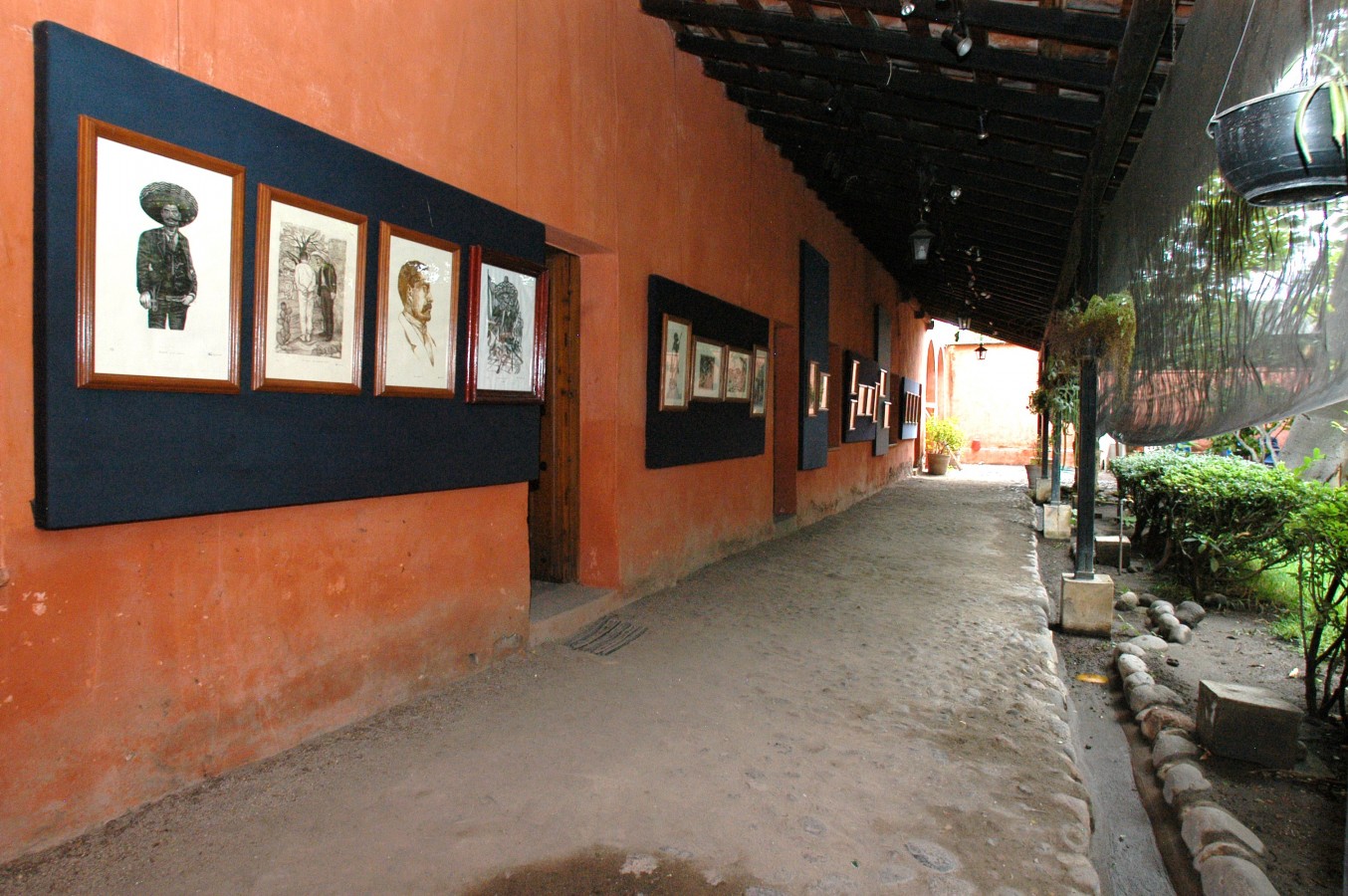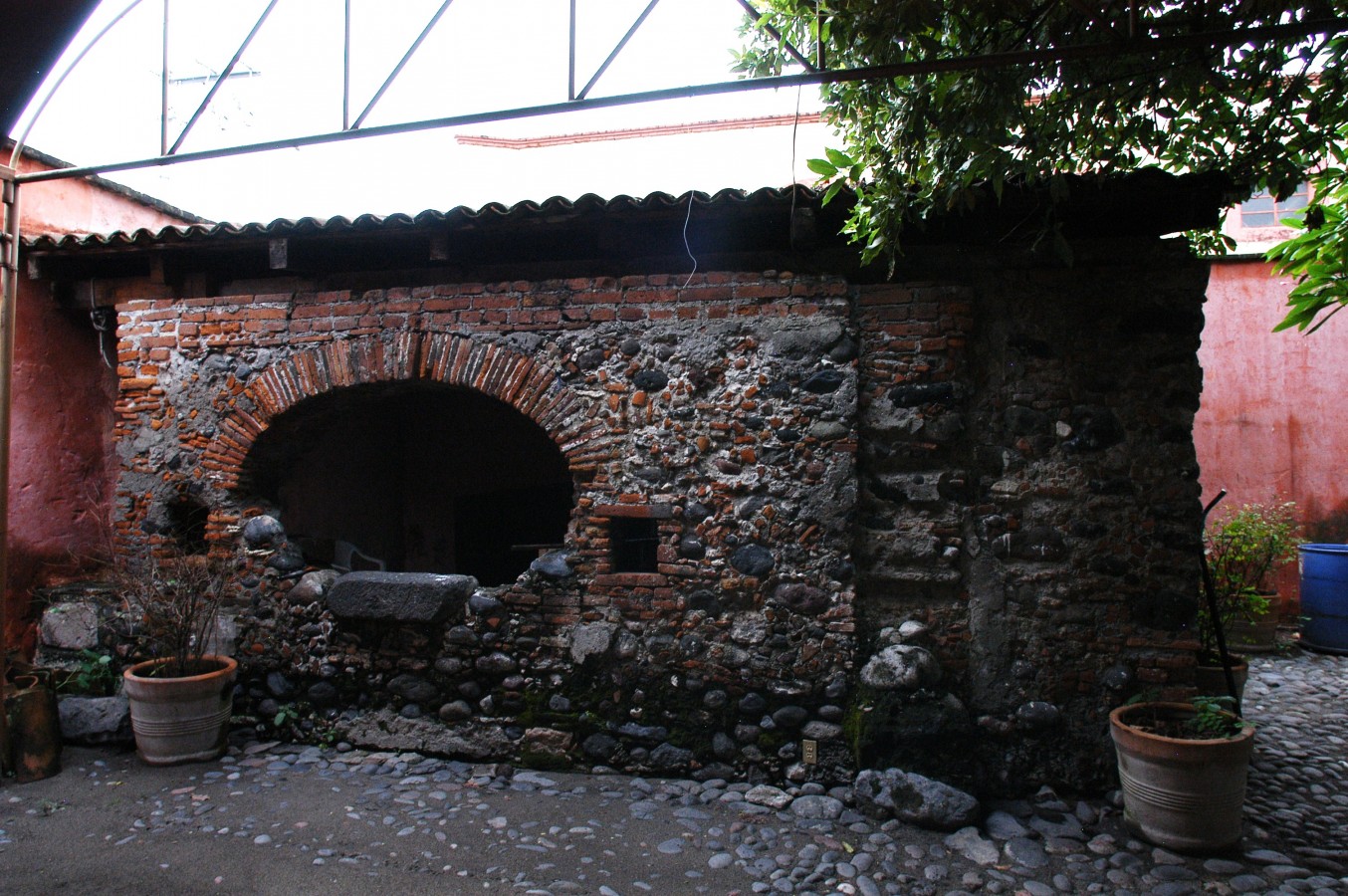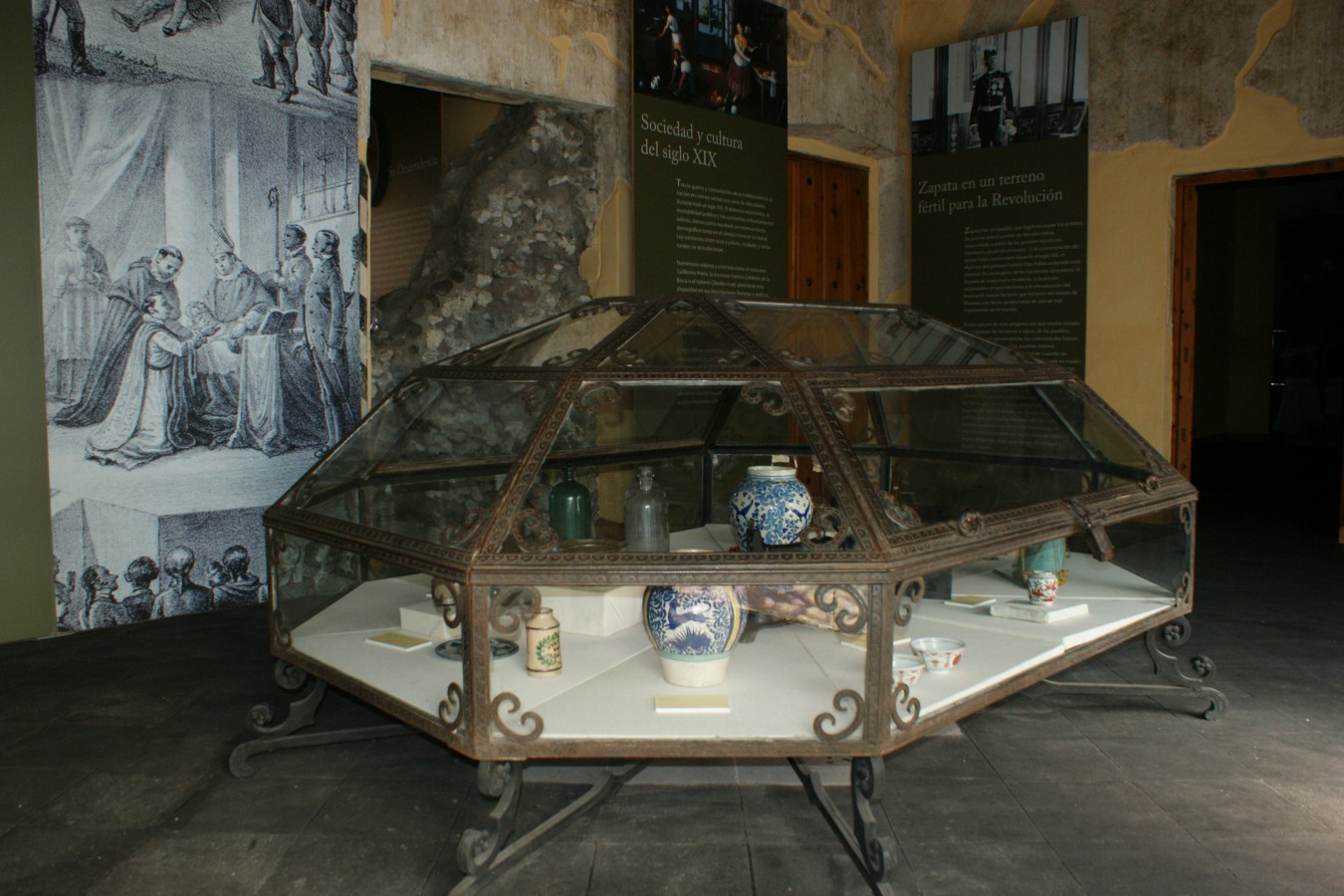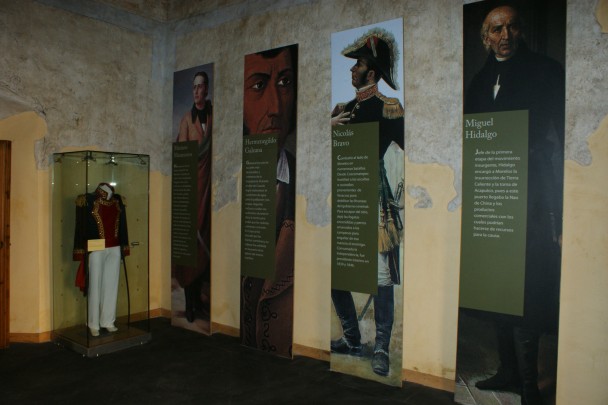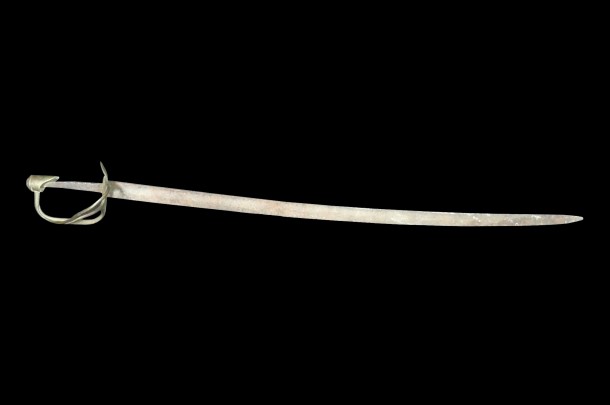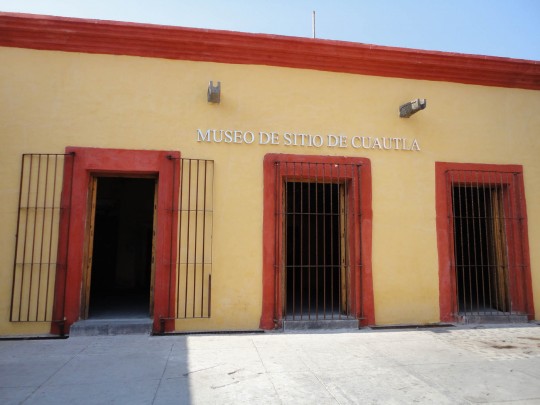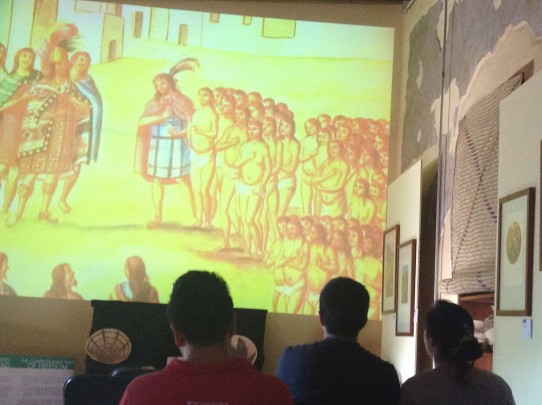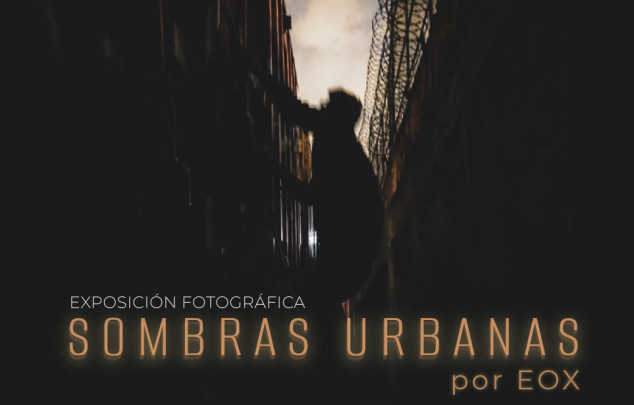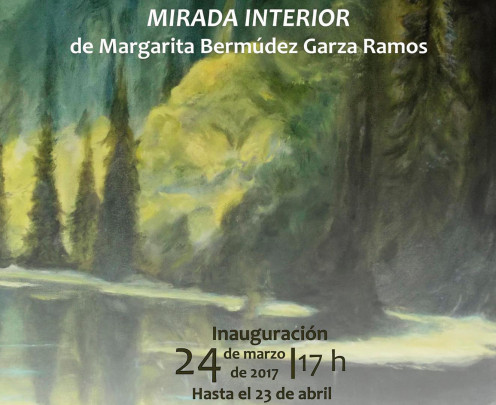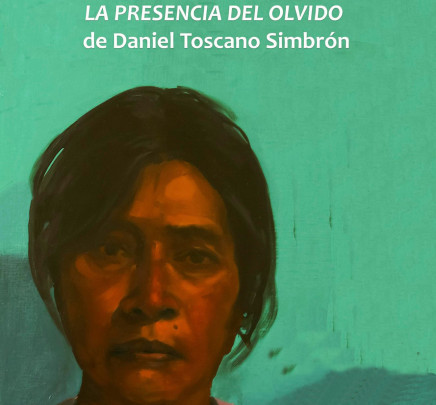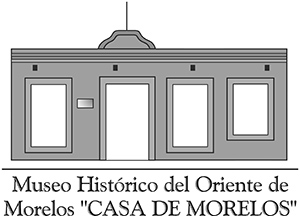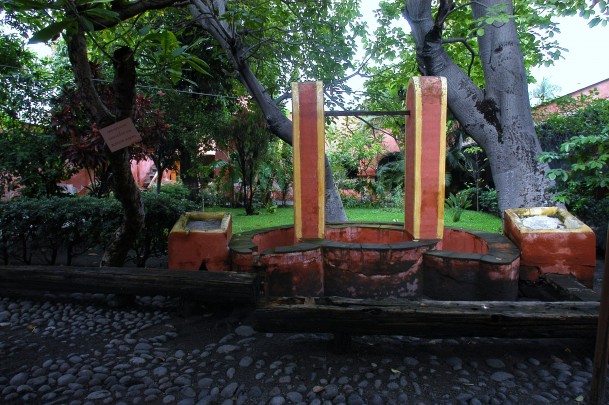Museo Histórico del Oriente de Morelos, Casa de Morelos
An eighteenth-century country house where Don José María Morelos lived during the siege of Cuautla in 1812. It contains objects and explanations of local and regional history since pre-Hispanic times up to the Zapatista uprising, with an emphasis on Morelos and Emiliano Zapata.
Historic place
About the museum
Morelos and Zapata are currently the theme of this museum. According to oral tradition, this house was inhabited from February 19 to May 2, 1812 by José María Morelos y Pavón and their leading generals during the seige of Cuautla. The building, built in the eighteenth century, was declared a national monument in 1933, and on September 30, 1965 it opened its doors as a museum dedicated to the Servant of the Nation and to this historic event.
The space has undergone several restorations, in 1978, 1992 and 2010-2011. During the second one several pre-Hispanic burials were located, as well as viceroyal architectural elements (such as stucco and decorations), along with coins and armaments of the revolutionary epoch. As a result, the site was enriched to present a general panorama of the historical events of the region, from pre-Hispanic times (from the Preclassic to the Postclassic period) to Zapatismo, through contact with Europeans, evangelization, Independence, the Reformation and the foundation of the state of Morelos.
Finally, on the occasion of the bicentennial of Independence and the centennial of the Revolution, the museum was completely renovated, so that the theme—through eight permanent exhibition galleries—revolves around two fundamental characters in Mexican history: Morelos and Zapata. In the first room the history of the house is reconstructed and both heroes are remembered. From there, visitors can enter the rooms where information about the inhabitants of Cuautla is provided, along with information about José María Morelos and Pavón, especially his encounter with Miguel Hidalgo y Costilla, his principles as a strategist, his arrival in the town, the beginning of the siege of Cuautla, his departure from the locality, the "Sentiments of the Nation" text, and his capture and death. As for Emiliano Zapata, the political struggles against Pablo Escandón and Francisco I. Madero are highlighted, the meeting in Cuautla during the Lenten fair, the taking of the city, the promulgation of the Ayala Plan and the assassination of this peasant leader, which took place in April 1919.
The space has undergone several restorations, in 1978, 1992 and 2010-2011. During the second one several pre-Hispanic burials were located, as well as viceroyal architectural elements (such as stucco and decorations), along with coins and armaments of the revolutionary epoch. As a result, the site was enriched to present a general panorama of the historical events of the region, from pre-Hispanic times (from the Preclassic to the Postclassic period) to Zapatismo, through contact with Europeans, evangelization, Independence, the Reformation and the foundation of the state of Morelos.
Finally, on the occasion of the bicentennial of Independence and the centennial of the Revolution, the museum was completely renovated, so that the theme—through eight permanent exhibition galleries—revolves around two fundamental characters in Mexican history: Morelos and Zapata. In the first room the history of the house is reconstructed and both heroes are remembered. From there, visitors can enter the rooms where information about the inhabitants of Cuautla is provided, along with information about José María Morelos and Pavón, especially his encounter with Miguel Hidalgo y Costilla, his principles as a strategist, his arrival in the town, the beginning of the siege of Cuautla, his departure from the locality, the "Sentiments of the Nation" text, and his capture and death. As for Emiliano Zapata, the political struggles against Pablo Escandón and Francisco I. Madero are highlighted, the meeting in Cuautla during the Lenten fair, the taking of the city, the promulgation of the Ayala Plan and the assassination of this peasant leader, which took place in April 1919.
January 1947
January 1995
Practical information
Monday to Sunday from 09:00 to 18:00 hrs. Last entry 17:00 hrs.
$75.00 pesos
Callejón del Castigo No. 3,
Colonia Centro, C.P. 62740,
Cuautla, Morelos, México.
Colonia Centro, C.P. 62740,
Cuautla, Morelos, México.
Arriving via the Cuernavaca-Cuautla Highway, enter Reforma Avenue as far the Monumento al Niño Artillero, take the right at the Y-junction on 2 de Mayo street, which leads behind the museum and the entrance to the Callejón del Castigo.
Services
-
+52 (735) 352 8331
-
This email address is being protected from spambots. You need JavaScript enabled to view it.
-
FACEBOOK
Directory
Director
Ángel Uriel González Hernández
This email address is being protected from spambots. You need JavaScript enabled to view it.
+52 (735) 352 83 31
Coordinador Administrativo
Francisco Gómez Hernández
This email address is being protected from spambots. You need JavaScript enabled to view it.
+52 (735) 352 83 31

